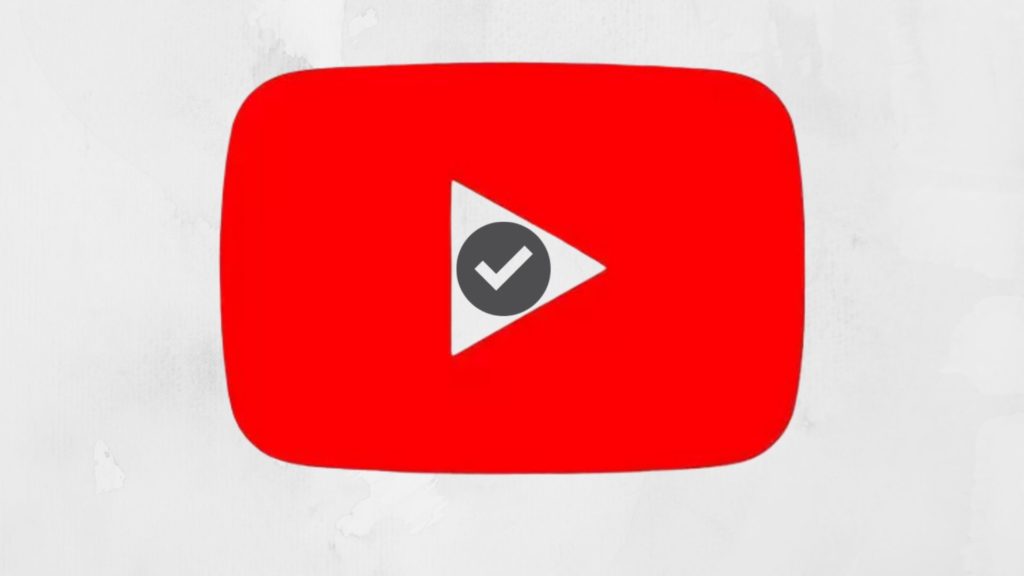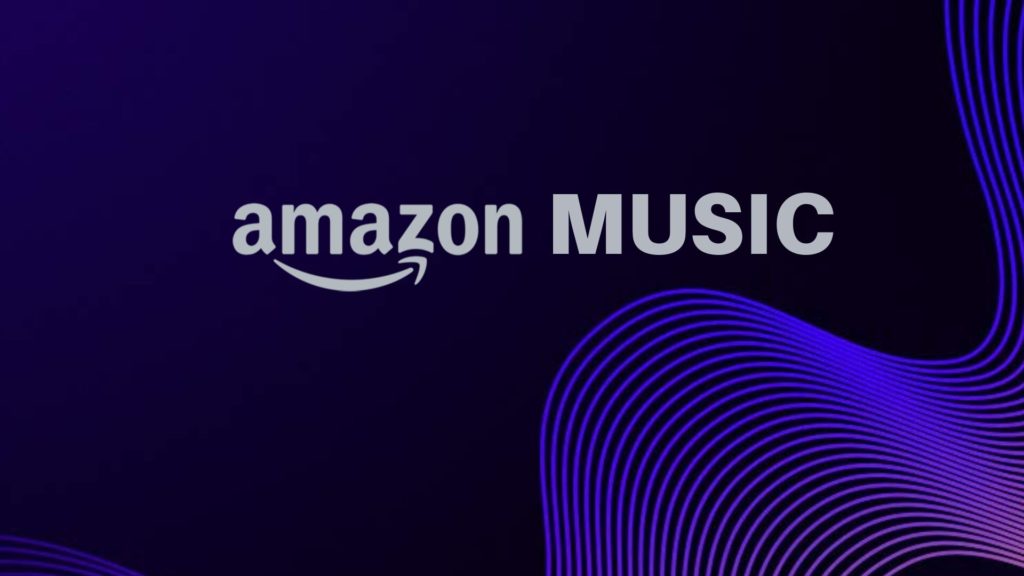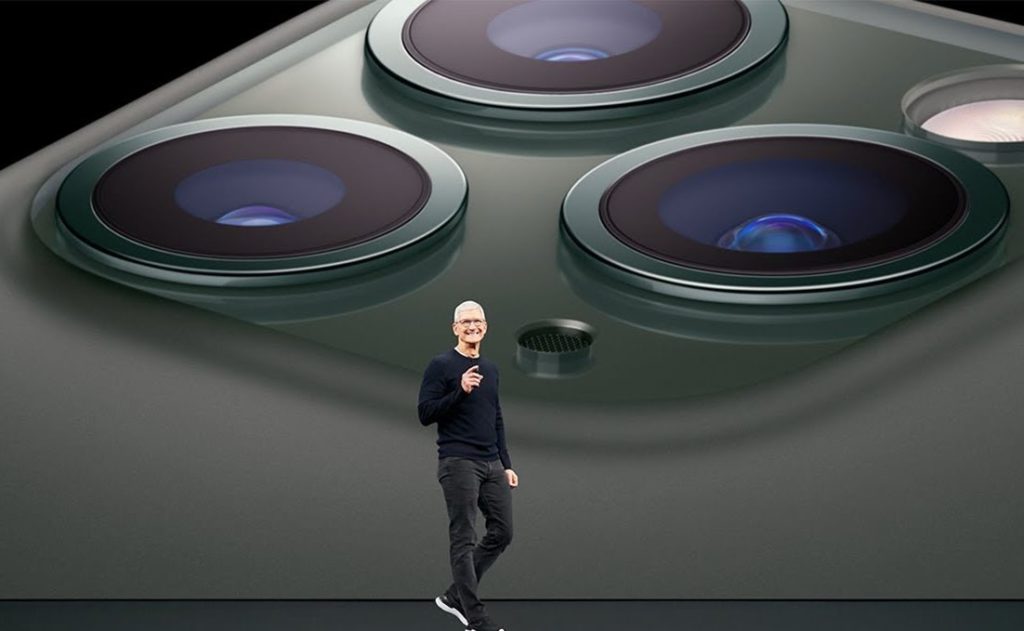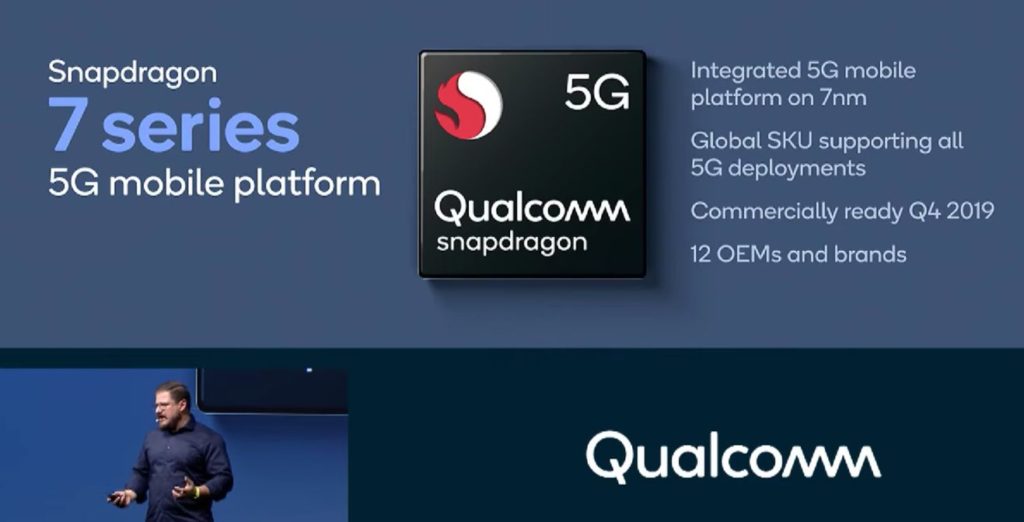YouTube Makes Changes to the Verification Policy; Won’t be Taking the Verification Badges Away from Creators
About three days ago, YouTube had announced that it would be changing its account verification policy and will only verify accounts of the well-known figures on the platform. For this, the company sent emails to the YouTubers with verified accounts who did not have many subscribers, that it will be taking away the verification badges from them.
The company took the step after getting criticised by people over the spread of hate speech and miscommunication from verified accounts. Previously, any creator with over 100,000 subscribers could apply for verification of their account, but the new policy from YouTube decided to take the badges away from the ones who are not that well known. The new policy was to take place in October, and according to that, only the people (like a brand, public figure, artist, etc.) who really required the badges would get it.
The news made chaos between the creators, and they took it to Twitter to express their unhappiness. But after getting backlashed by the creators on Twitter and through other means, it seems YouTube has realised its mistake and is already trying to cover the misdeed in every which way.

Even the CEO at YouTube, Susan Wojcicki, admitted that the way the company announced the news did not go very well. “To our creators & users, I’m sorry for the frustration and hurt that we caused with our new approach to verification. While trying to make improvements, we missed the mark. As I write this, we’re working to address your concerns and we’ll have more updates soon.” tweeted Wojcicki.
According to Wojcicki, the change in the verification policy is to hint everyone that the badge does not mean that YouTube entirely supports the creator. But it is to verify the creator’s real identity, so people should not fall for everything they say.
The company also cleared out that it also meant to give the checkmark a new look, that earlier was set to roll out in October. But after all the chaos, the new changes will arrive only next year.
But now the company has made new updates to its verification policy, according to which, the creators who had received the badges will remain with them, and they do not need to appeal to get it back. But the company will take the badge back if anyone would be faking their identity. According to the other update, the eligibility criteria for applying for the verification remains 100K, so anyone who has hit the mark can apply for the verification. But YouTube will only provide the badge after reviewing the accounts and verifying their identity.

Yashica is a Software Engineer turned Content Writer, who loves to write on social causes and expertise in writing technical stuff. She loves to watch movies and explore new places. She believes that you need to live once before you die. So experimenting with her life and career choices, she is trying to live her life to the fullest.





